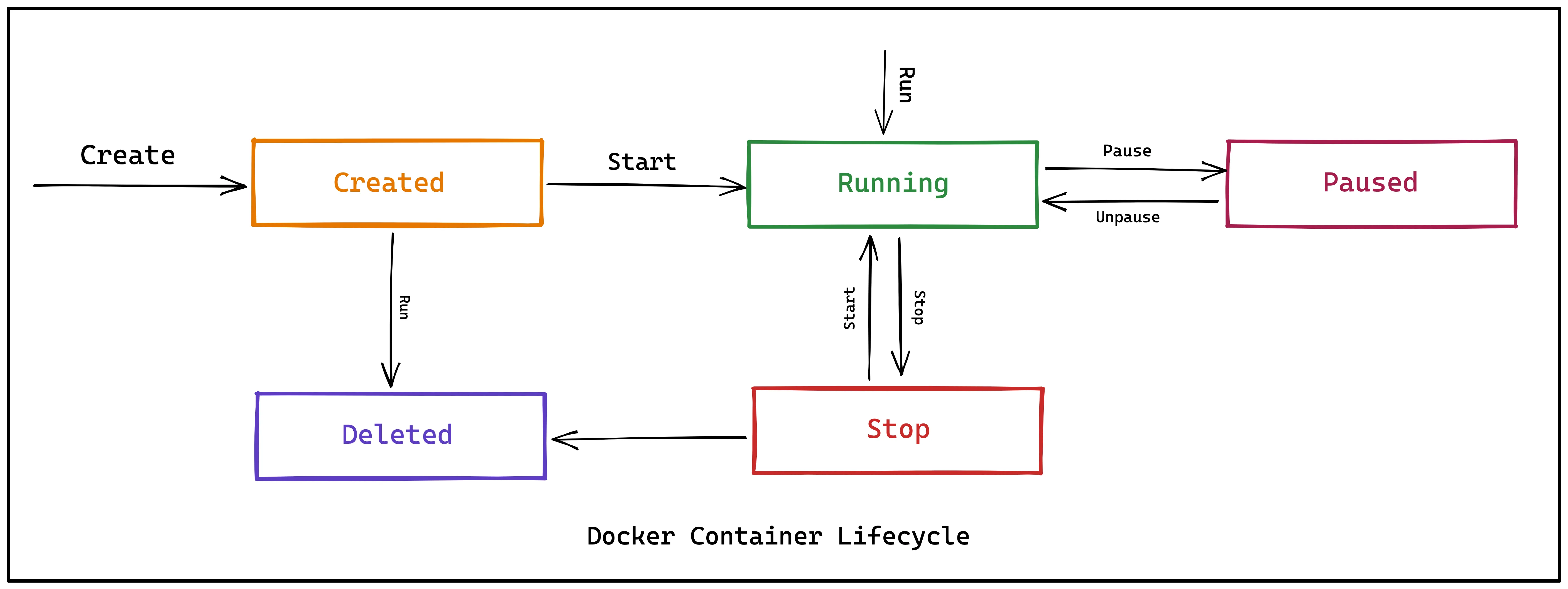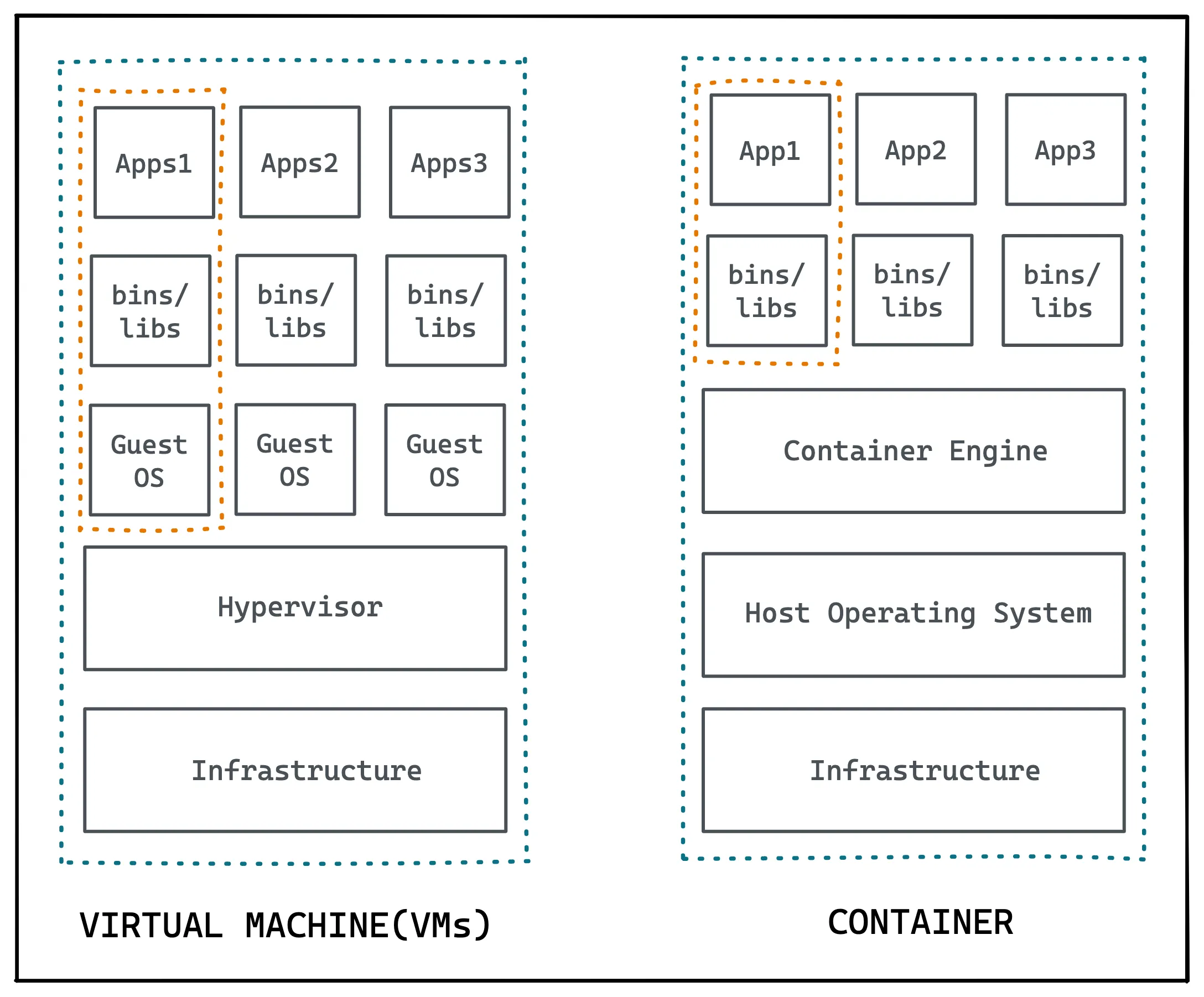Antwort How do I stop multiple containers? Weitere Antworten – How do you stop multiple containers at once
You can stop all Docker containers by using the command docker stop $(docker ps -a -q) . This command effectively halts all running Docker containers.Using the kubectl delete Command. Using the kubectl delete command, we can delete various Kubernetes resources, including pods. It allows us to gracefully terminate and remove Kubernetes resources from the cluster. When we execute the above command, Kubernetes will initiate the termination process for the my-pod pod.How to stop and remove containers in Docker Compose. In Docker Compose, you can stop and remove containers associated with your Compose project using the docker-compose down command. You can execute the docker-compose down command from the directory where your docker-compose.yml file is located.
How do I stop all docker containers on my network : docker stop stops one or more containers. docker stop mycontainer stops one container, while docker stop $(docker ps -a -q) stops all running containers.
How do I stop all containers in one command
To stop all of your running Docker containers, issue the command docker stop $(docker ps -a -q). The next command removes all containers, which is docker remove $(docker ps -a -q).
Which command will stop one or more running containers : To stop one or more running Docker containers, you can use the docker stop command. The syntax is simple: $ docker stop [OPTIONS] CONTAINER [CONTAINER…] You can specify one or more containers to stop.
docker ps -a command to list all containers, including the stopped ones: If you want to see all containers, add a keyword with the 'docker ps' command, i.e., '-a'. This command will show you all containers, whether they are running, restarting, paused, or stopped.
Remove All the Docker Containers
The command docker ps -qa returns the numeric ids of all the containers present on the machine. All these ids are then passed to the docker rm command, which will iteratively remove the Docker containers. Here, we used the -f flag to avoid the prompt for confirmation.
How do I shut down docker
Forced termination is executed using the docker kill command. But a graceful shutdown is done using the docker stop command, followed by the desired grace period. For example, this docker stop –time=30 a0c59618bf9e allows a Docker container to continue running for 30 seconds before being shut down.How to Clean Up Everything in Docker
- Clean up unused and dangling images. $ docker image prune.
- Clean up dangling images only. $ docker image prune -a.
- Clean up stopped containers. $ docker container prune.
- Clean up unused volumes. $ docker volume prune.
Removing all stopped containers using docker rm
The docker rm command is used to remove one or more stopped containers using their name or ID.
Pressing Ctrl + C while the terminal is attached to a container's output sends an interrupt signal to the container's running process. This is similar to how you would stop a regular process in your terminal. This command causes the container to shut down, so be cautious when using Ctrl + C in this context.
How to list the running containers and stopped or exited containers : docker ps –filter publish=80 –filter status=running — List the running containers that publish port 80. docker ps –filter exited=1 — List the containers that have exited with status code 1.
How do I find stopped docker containers : Run docker ps -a to list all containers, including those that have stopped. Identify the container in question and check its status.
How do I delete all containers
Procedure
- Stop the container(s) using the following command: docker-compose down.
- Delete all containers using the following command: docker rm -f $(docker ps -a -q)
- Delete all volumes using the following command: docker volume rm $(docker volume ls -q)
- Restart the containers using the following command:
The [. inline-code]docker rm[. inline-code] command is used to remove one or more stopped containers using their name or ID.Pressing Ctrl + C while the terminal is attached to a container's output sends an interrupt signal to the container's running process. This is similar to how you would stop a regular process in your terminal. This command causes the container to shut down, so be cautious when using Ctrl + C in this context.
How to start and stop docker : When the container starts, you will see the log messages generated during the initialization process as well. Pressing Ctrl + C while the terminal is attached to a container's output sends an interrupt signal to the container's running process. This is similar to how you would stop a regular process in your terminal.








